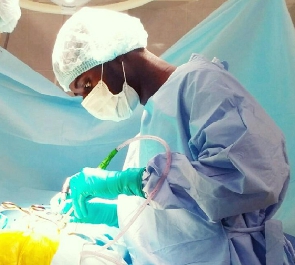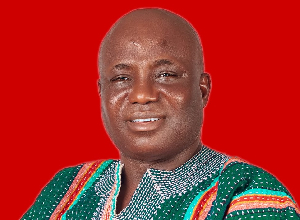Few conditions in the world of medical emergencies give patients and medical staff alike as much worry as aneurysms, notably the dreaded "worst headache of my life." This alarming description frequently signals the impending rupture of a brain aneurysm, a potentially fatal condition.
We will discuss aneurysms in detail in this article, as well as why it is so important to seek quick medical attention if you or a loved one experiences the worst headache of your life.
Aneurysms are abnormal balloon-like swellings that develop in the artery walls. Although they can happen anywhere in the body, they are more dangerous when they develop in the brain. These cerebral or brain aneurysms can go years without showing any symptoms while gradually enlarging and weakening the artery wall.
They are extremely sophisticated because of their sly nature. Although it affects millions of individuals globally, brain aneurysms are frequently misdiagnosed and ignored. Being aware of this potentially fatal ailment and how it affects our neighbors is crucial for us as Ghanaians.
The silent nature of brain aneurysms is one of the most difficult issues to deal with. Because they normally don't cause symptoms until they rupture, they frequently go unnoticed. They are extremely deadly because of this.
Aneurysms can develop over time or remain stable, raising the risk of rupture. Let's discuss brain aneurysms, the risks they pose, their signs and symptoms, and what can be done to raise awareness and encourage early detection.
The expression "worst headache of my life" is ingrained in the minds of people who have experienced it. This intense headache can strike quickly, like a thunderclap, and it frequently goes along with other worrisome symptoms like nausea, vomiting, stiffness in the neck, and an increased sensitivity to light.
The rupture of a brain aneurysm is the most terrifying outcome. A subarachnoid hemorrhage (SAH), which happens when this happens, is a condition in which blood leaks into the brain. Devastating repercussions, such as brain damage or even death, may arise from this.
In a medical emergency like SAH, every second matters. Because the brain is extremely sensitive to changes in blood supply, immediate medical intervention is absolutely necessary. If an aneurysm ruptures, the brain may receive less oxygen and nutrients, which could result in permanent harm.
Rapid medical intervention can lessen this harm. The war does not end with the initial rupture. Aneurysms that have ruptured can bleed again, frequently with fatal results. A second, potentially catastrophic hemorrhage can be avoided with prompt medical care.
A timely medical response provides the chance for endovascular or surgical methods to treat the aneurysm. These methods work incredibly well to stop additional rupture. The odds of life and recovery are demonstrably improved, according to studies, when individuals seek care right away after having their "worst headache."
Aneurysms can occur in anybody, but certain risk factors, such as family history, gender, age, high blood pressure, smoking, and abuse of drugs, make them more likely.
Adopting a healthy lifestyle, controlling blood pressure, and giving up smoking can lessen the risk of aneurysm formation, even though some risk factors are out of our control. When it comes to treating a stroke brought on by an aneurysm rupture, time is of the essence.
Every second counts since early action greatly increases the likelihood of a successful outcome. The essential actions that must be completed are listed below:
Never hesitate to call the ambulance services if you or someone around suddenly develops a severe headache or any of the other symptoms listed. On their journey to the hospital, paramedics can treat patients and save their lives.
Once at the hospital, a thorough evaluation will be carried out to ascertain the location and size of the hemorrhage, which may include imaging tests like CT scans and MRIs. Neurosurgeons or interventional radiologists may carry out treatments to close the aneurysm and stop the bleeding, depending on the details of the individual situation.
If started right away, these treatments can be quite successful. Individuals may need specialized critical care after treatment to monitor their status and handle any problems. The first step in avoiding the disastrous effects of a burst brain aneurysm is awareness.
Understanding the risk factors and warning indicators is vital for our community. The "worst headache of my life," as it is frequently referred to, should be treated by a doctor right away.
For those impacted by brain aneurysms in our nation, there are medical specialists, support groups, and services available. Contact your nearby hospitals and clinics for details on screening procedures, preventive measures, and assistance for people and families living with aneurysms.
Finally, the "worst headache of my life" should never be minimized as a little inconvenience. It can be the solitary indicator of an approaching rupture of a brain aneurysm. Knowing how serious this symptom is and how urgent medical attention is required can make all the difference in preserving life and averting permanent impairment. Keep in mind that aneurysms are time-sensitive, and quick responses can save lives.
Health News of Saturday, 7 October 2023
Source: Simon Badu













